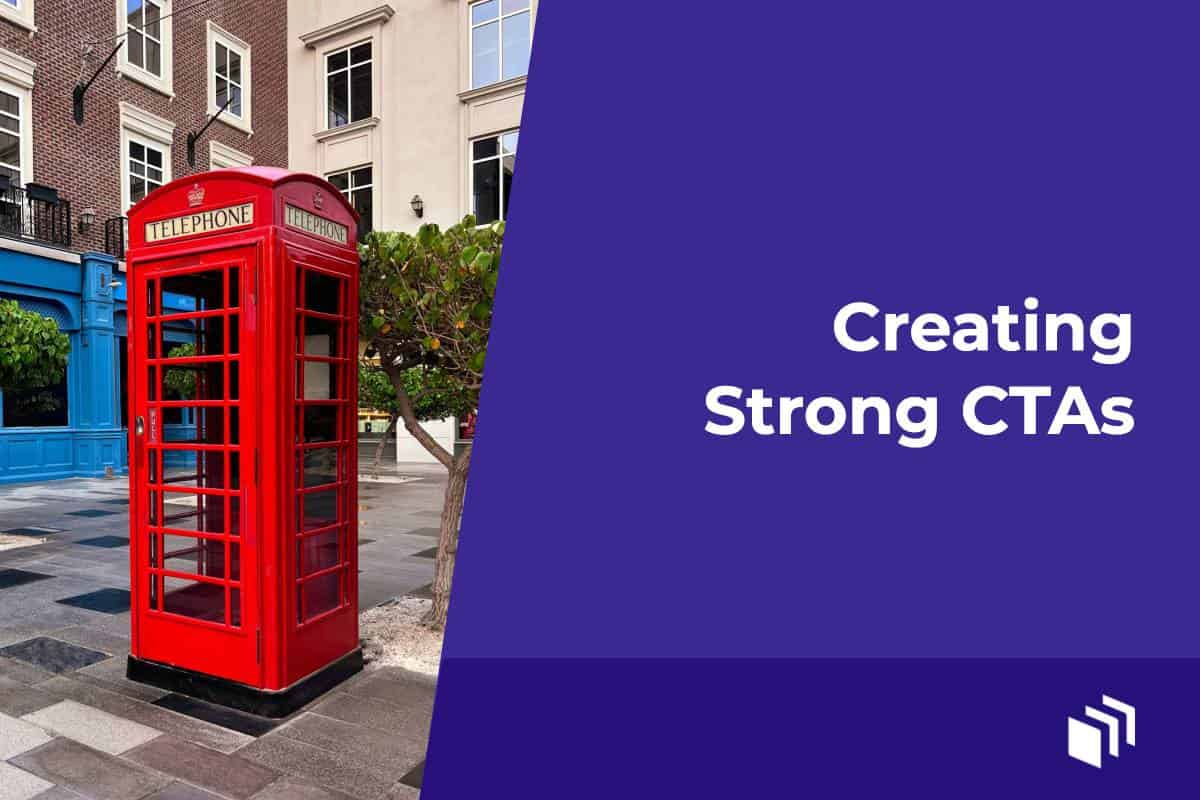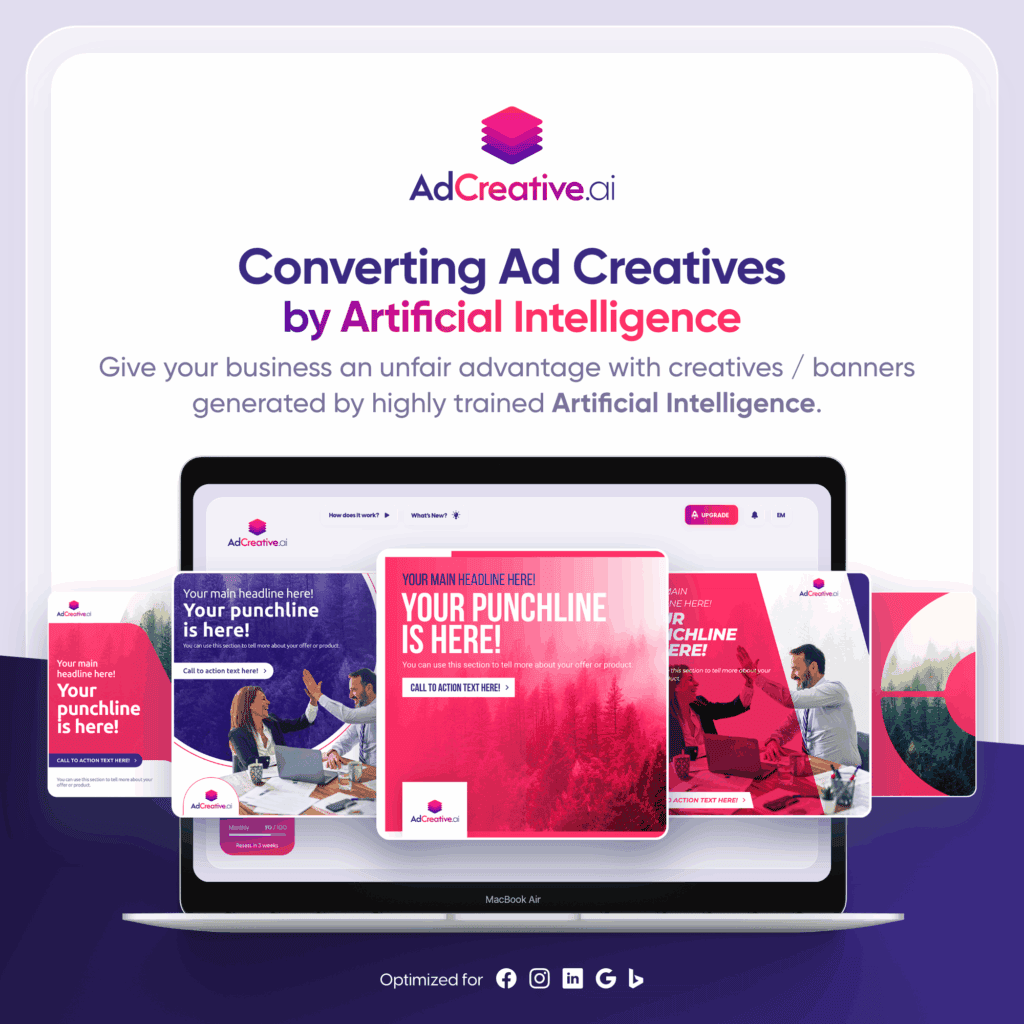Creating Strong CTAs

“Read today to make millions!”
Calls-to-Action (CTAs) are everywhere online. Every ad, page, and post that you create should have a purpose and that purpose needs to be communicated to your audience. Creating a CTA that your audience is going to engage with becomes harder all the time as users are bombarded with subtle (or not-so-subtle) commands to “act now.” How can we craft CTAs that produce the right results?
Define Your Goals
The first step to creating a good CTA is know what you want your audience to do. If you’re reading this, you’re probably involved with advertising is some way. Advertising on the web occurs at many levels, from the search engine to your social media to websites you visit. Giving the user the instruction to “Click Here” is no longer enough. You have to explain why that click is relevant to them. To be clear though, the process starts with your goals. You need to make sure that your goals speak to the goals of your users. This is part of what makes defining your target audience so important. Attracting a bald person to your hair salon is not likely to make them act on a free haircut.
Start with an Action Word
Click, join, subscribe, or buy! You want to give a clear command to your audience on what you’d like them to do. Make it as direct as possible. Requests don’t need to be isolated to a submit button, but the closer the request meshes with the actual action to be performed the better conversions you can expect to achieve.
Provoking Emotion…
When you’re writing your CTA be sure to appeal to the emotions of your users. Nothing creates a bond like evoking an emotion. Whether it’s delight from something amazing or funny, fear from dire warnings or the fear of missing out, or suspense from a cliffhanger or tease make sure that there is something that your audience cares about and responds too.
Offer Expires While You Wait
Create a sense of urgency and/or limited availability. Closely tied to provoking the “fear of missing out,” offering your service or product for a limited time or creating a limited edition actually manifests that fear into a reality. If there are only 200 items in a set then you can’t sell more than 200. Be careful not to use trickery with this technique. Customers can be lost if your limited editions aren’t really limited or your limited time isn’t limited.
Don’t Forget Design
There are a few mechanical considerations when you’re writing your CTA. The CTA should be as short as possible while communicating your goals. A headline with one or two supporting sentences and a link with the explicit request should be sufficient. Use other areas of the page to help “sell” the action. This isn’t the time for social proof, features, or advantages. This is the ask – “Call today for the Best Rates.” Make sure that the CTA is easy to see. In fact, make sure the CTA is the easiest thing to see on the page. Avoid having too much competing content in the same area. Keep the CTA large, use a high degree of contrast on the link for the explicit request, and use a fair amount of white space around the CTA. Contrast doesn’t necessarily mean black on white or the reverse. Complementary colors, bright colors, or colors unique to the page can all draw attention to your CTA button. White space isn’t necessarily the color white, but it is a break in the design action that lets your eye rest and return to the element you need to be focusing on.
Read More to Succeed
There has been a ton of research and discussion around writing the perfect CTA. It’s an elusive goal and you can always refine the process. A/B testing is a great way to hone in on a call-to-action that works best for you. CTAs can also shift over time. What was effective last month may not be as effective the next. There are a few organizations and individuals that focus on marketing and have written some great articles on writing a variety of CTAs. You can read more here:
Ready to get started?
There are licenses available for all types of sites needs needs.
Find the AdSanity tier that is right for you.
Want to give AdSanity a try?
Find the plan that fits your site and jump in.
Ready to make your ads work for you?
Pick the plan that fits and get started.
Let’s get your ads running.
Choose the plan that works best for you and start today.
Time to take control of your ads.
Find your perfect plan and go for it.
Ready to Make Money With Your Site?
Get ads on your site in
60 minutes or less
with AdSanity.
With our 14-day money back guarantee, it’s easy to see if AdSanity is the right fit for you.
Tags
Popular Pro Add-Ons
Our Community
Join our mailing list to keep up to date on everything happening with AdSanity and Pixel Jar.
Note: Your email address will be added to our CRM and be used to receive emails from Pixel Jar. You can unsubscribe at any time.




